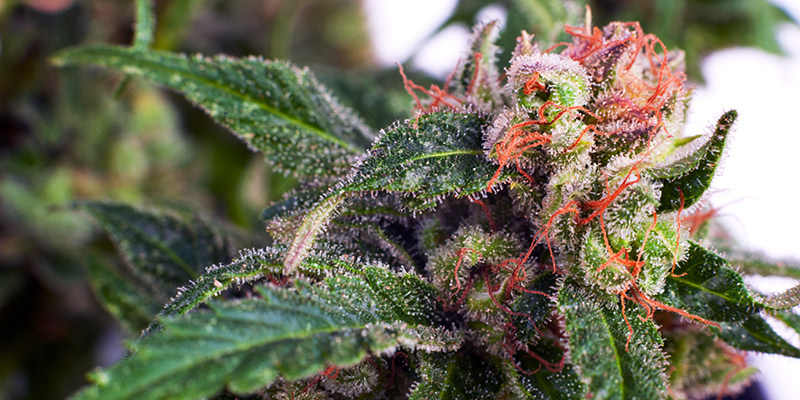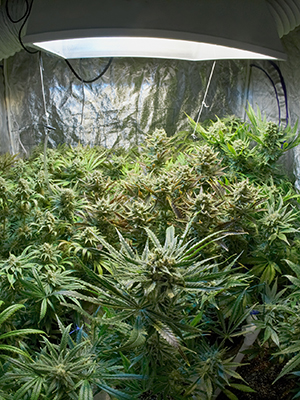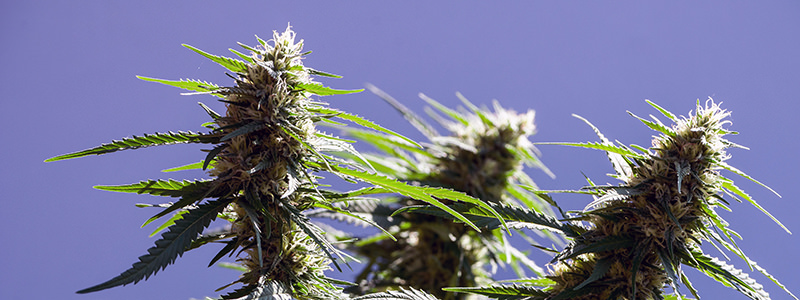If you’re a committed stoner, you can probably name a dozen strains (probably more) of marijuana off the top of your head. You might geek out about plant production methods, levels of sweetness and stickiness, and the types of highs that ensue after a hefty hit on your expensive bong. While those who are fond of sipping expertly-decanted Barolo might tut-tut at a gaggle of potheads waxing philosophic over GDP, wine snobs and weed enthusiasts might have a lot more in common than they think.
A lot more.
Let’s rewrite the first paragraph from the perspective of a wine critic:
If you’re a committed wine lover, you can probably name a dozen wine styles (probably more) of vino off the top of your head. You might geek out about grape production methods, levels of acidity and tannins, and the type of finish that ensues after a hearty sip from your expensive glassware.

It seems that marijuana is getting closer and closer to being viewed as a serious agricultural product as opposed to just a hedonistic substance. Now, those who have been enjoying bud for years might insist that it’s always been a profound product worthy of connoisseurship. However, only recently has the idea of marijuana terroir really come into play. Terroir is the idea that a geographical area’s unique climate and characteristics interact with its agriculture to create produce that’s unique to that area. Marijuana has always been a terroiristic product. Those who have been smoking for years can probably tell you how the quality of weed varies from place to place, and how certain geographical areas produce consistently similar plants. Marijuana retailer Marvina describes how everything from soil to latitude to temperature affect the quality of the marijuana being grown and harvested.
 However, marijuana has also long struggled with legality. While serious stoners or those in the industry may travel far and wide (and risk legal consequences) to sample a bit of bud, due to the law, recreational or occasional users will probably only ever try whatever is closest and on hand. Imagine if you lived in Oregon but could only drink wine from Oregon, and it had to be made secretly in someone’s garage. You would be limited to the ingredients found and foraged locally and would therefore be missing out on a wide variety of tastes. But perhaps even more importantly, producers would probably put less effort toward their products as they would have no shot of being nationally viable. After all, if the Oregon winemakers could only distribute hooch toward a niche consumer market, why (and how) could they bother making high-quality Chardonnay? Moreover, currently a lot of legal marijuana producers grow their products in growhouses, making the notion of terroir irrelevant. But what if we could explore which areas of the country, or even the world, were most optimal for growing quality weed?
However, marijuana has also long struggled with legality. While serious stoners or those in the industry may travel far and wide (and risk legal consequences) to sample a bit of bud, due to the law, recreational or occasional users will probably only ever try whatever is closest and on hand. Imagine if you lived in Oregon but could only drink wine from Oregon, and it had to be made secretly in someone’s garage. You would be limited to the ingredients found and foraged locally and would therefore be missing out on a wide variety of tastes. But perhaps even more importantly, producers would probably put less effort toward their products as they would have no shot of being nationally viable. After all, if the Oregon winemakers could only distribute hooch toward a niche consumer market, why (and how) could they bother making high-quality Chardonnay? Moreover, currently a lot of legal marijuana producers grow their products in growhouses, making the notion of terroir irrelevant. But what if we could explore which areas of the country, or even the world, were most optimal for growing quality weed?
As marijuana edges closer and closer to the freedom of legality, there’s a real opportunity here to study just how much terroir comes into play with the plant. There will probably always be bad weed – just like there will always be cheap wine. There will also always be blackmarket bud – as there is always alcohol being made without regulation. However, perhaps as we legalize production and organized classification a bit more strictly, marijuana will come to be viewed as a more luxurious product. The same hoity-toity bunch that scoffs at the idea of marijuana being a serious, complex product will perhaps sample it at their local, upscale marijuana shop. Or perhaps high-quality, French marijuana will be served in Michelin star restaurants as a digestif, and couture-decked diners will smack their lips and say, “I prefer the strain from Napa.”

